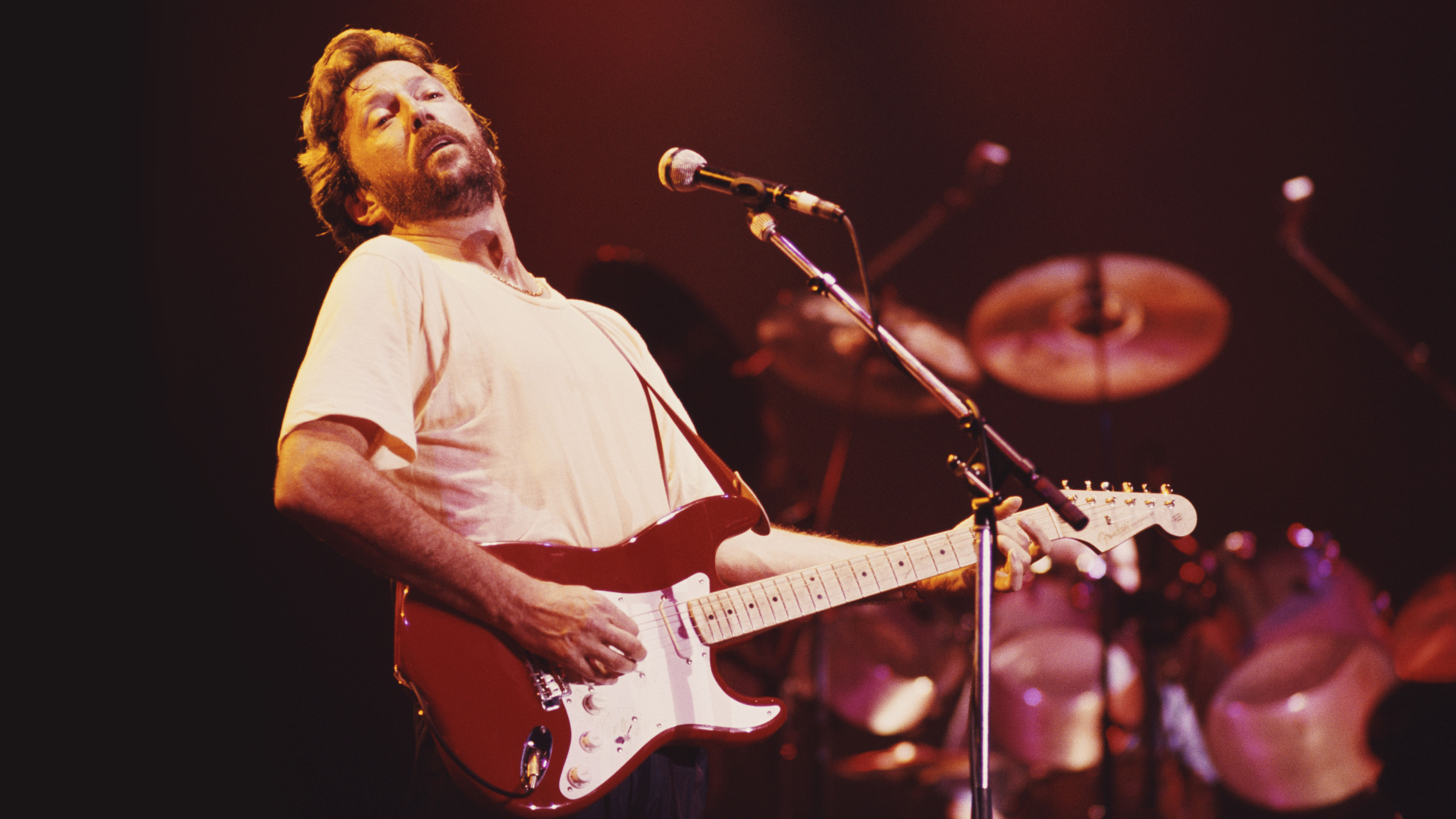
Although Eric Clapton came to prominence as a lead guitar player through the 1960s, many of his biggest hits have featured some great chord work.
Clapton is a player who has proudly moved between different styles. His musical career has taken him from blues to pop, reggae, country and back again as we hone in four key chords from the career of old Slowhand himself to help you mine some inspiration for yourself.
D
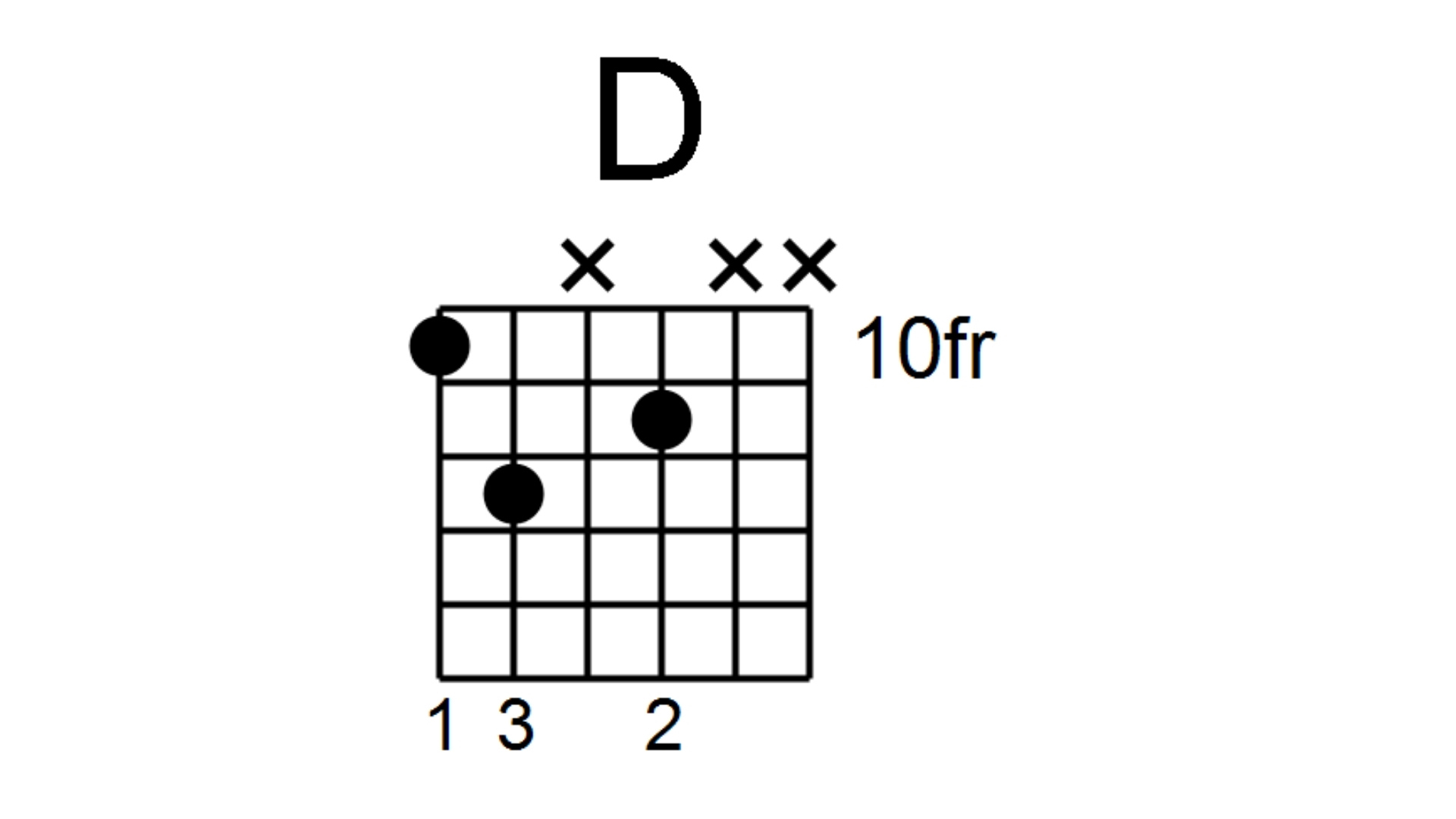
Usually, there wouldn’t be much special about a D chord, but this D chord is a little different. This D chord is featured in the track Sunshine Of Your Love. It’s a D major triad, spread out over the E, A and G strings (With the D string muted).
Think of this as a two string power chord with the major third added at the top. This is a great way to add a major flavour to a power chord riff without resorting to full barre chords.
E/G#
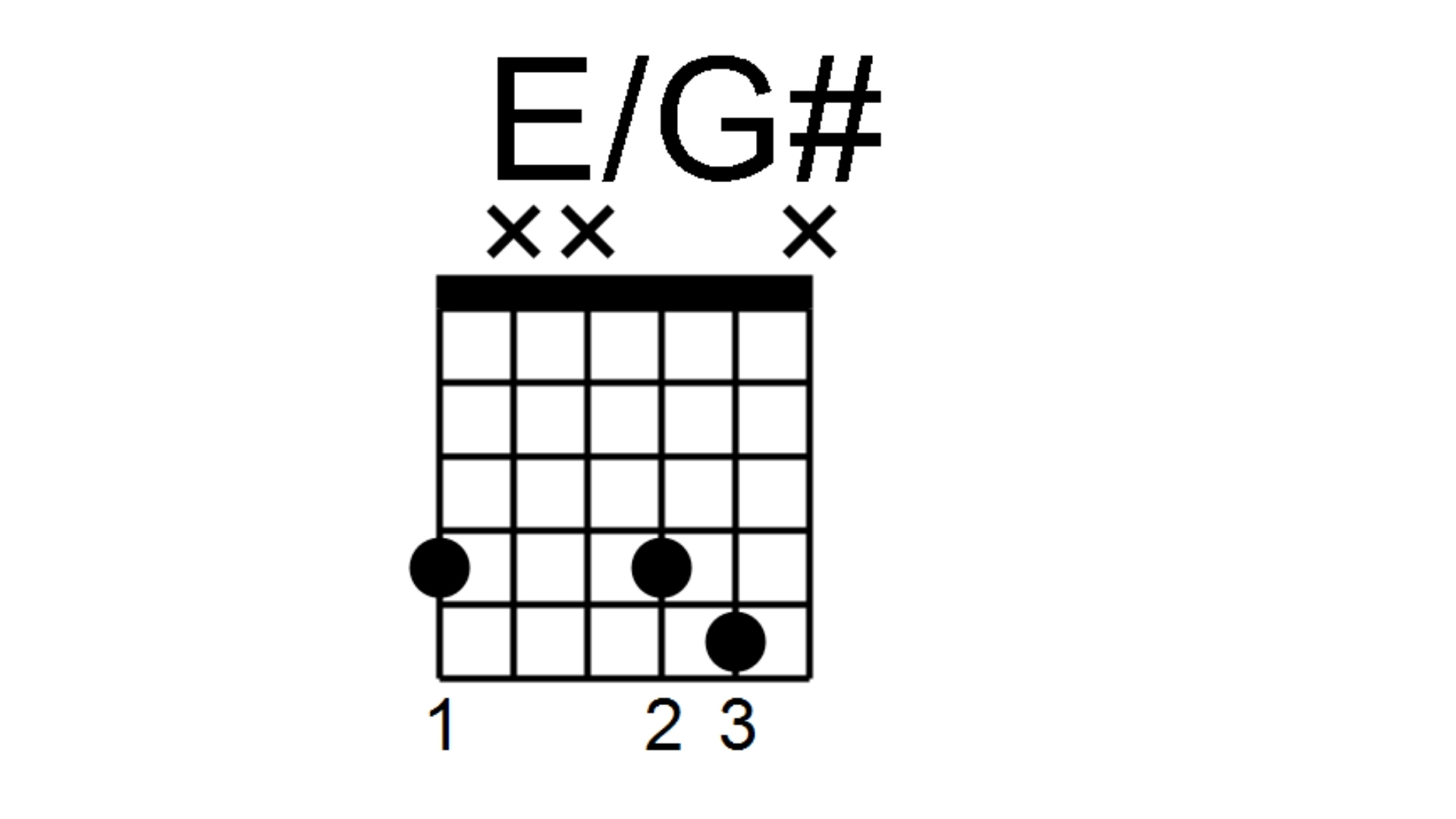
Inversions are a great way to unlock additional tones and voicings from chords that you might use everyday. This E/G# is one of the chords from the track Tears In Heaven that was a moving highlight of Clapton's iconic 1992 MTV Unplugged performance.
What we have here is just an E major triad, but the root is on the B string, the 5th on the G and the major third on the low E. This inversion, coupled with the pitch gap between the low G# and the other notes, gives this E major triad a new identity.
The 10 essential songs beginner guitar players can learn now
G
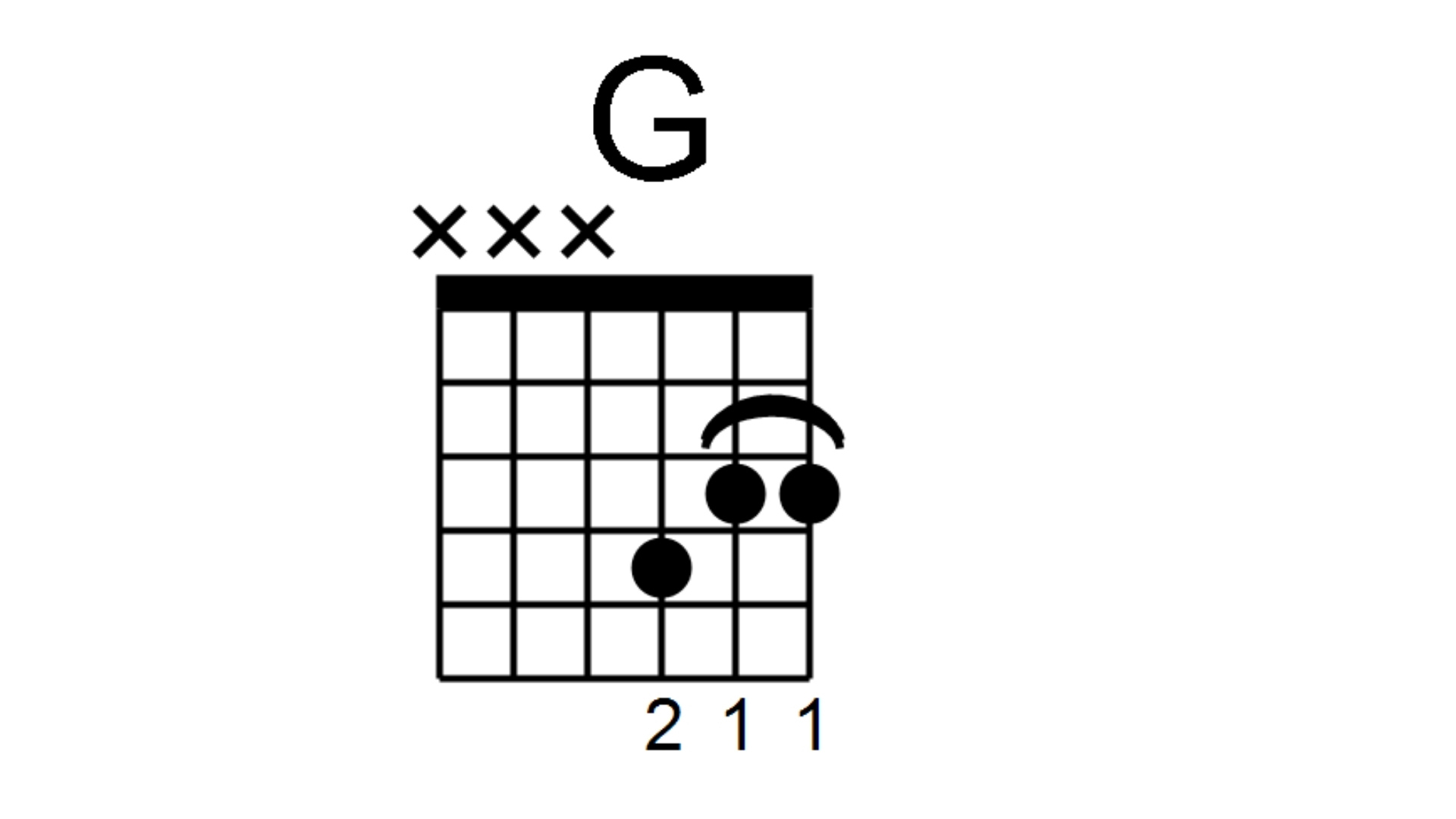
Clapton has dabbled with some reggae stylings over the years, one of his most prominent ventures into this style was his cover of the Bob Dylan classic Knockin’ On Heaven's Door.
This G Major triad is a great example of a shortened major barre chord that can be used in a reggae-style track. Although this is just a simple major triad, it’s use in this context is very effective. It also frees up sonic space in the spectrum for other instruments in the mix.
G6
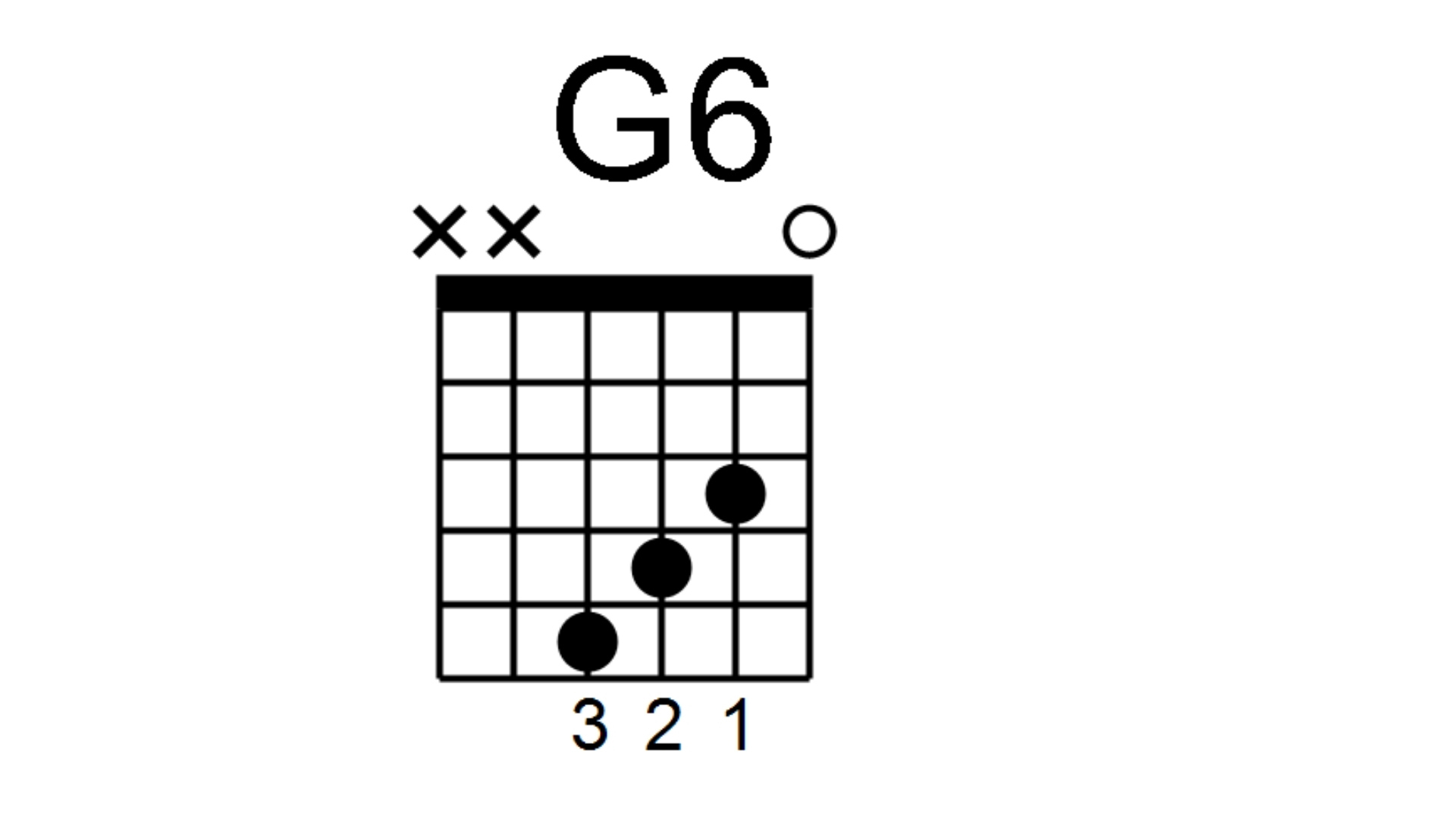
This opening chord from the track Wonderful Tonight has a slightly jazzy undertone. We don’t tend to see the 6th interval added to major chords in most rock and pop music.
The G major triad is played on the D, G and B strings, as if you were taking it from a regular 6 string barre chord, and the 6 interval is added on top as the open high E string.







